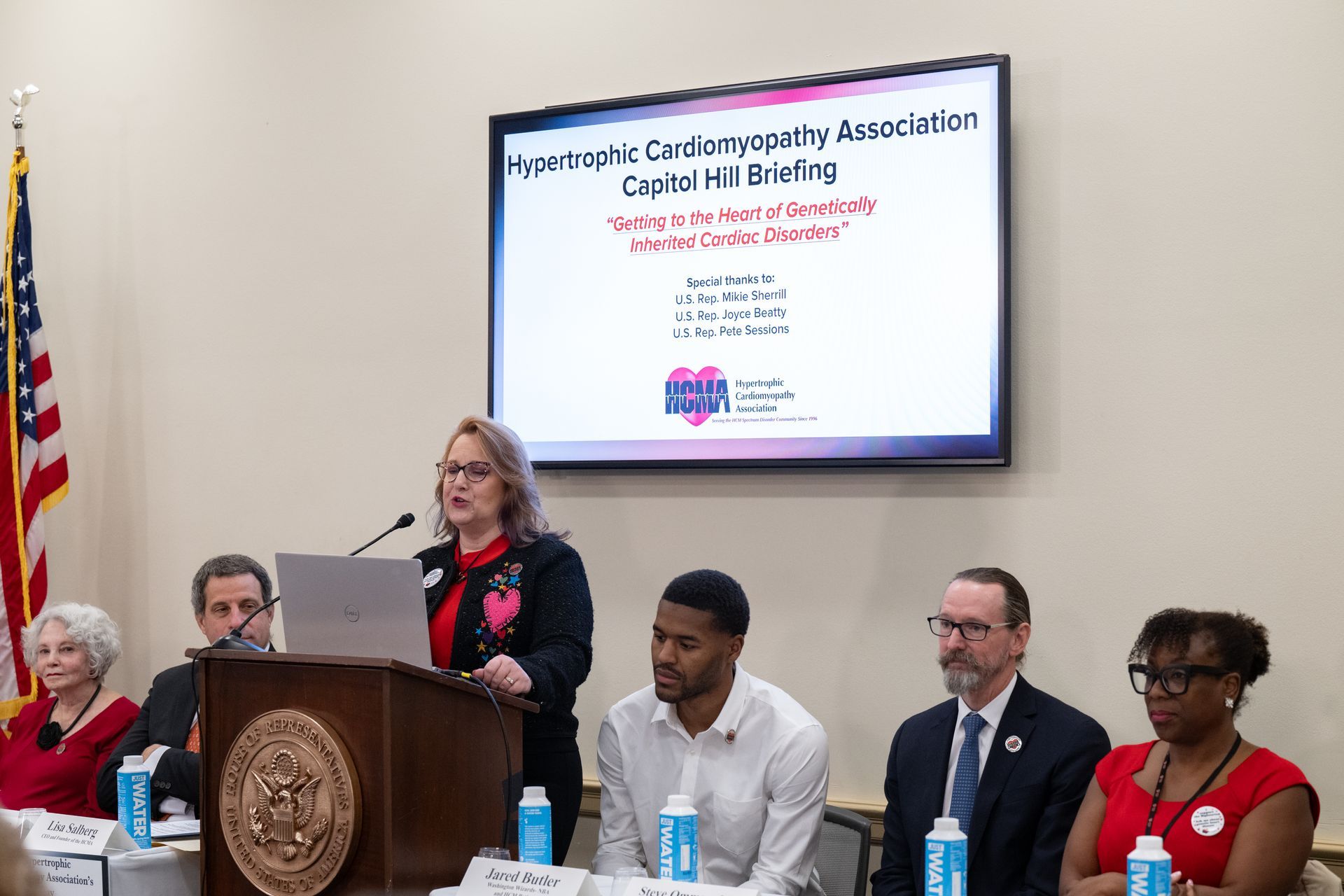If you have been experiencing symptoms of obstruction, such as shortness of breath, exercise intolerance, light-headedness, or fainting, despite using medications, it might be time to consider septal reduction. The most appropriate septal reduction therapy for each patient depends on several factors, which you can discuss with your HCM team. If you need assistance understanding these options or guidance on communicating with your doctor, we are here to help. Please do not hesitate to reach out to the HCMA for support.
Camzyos is the first FDA-approved medication for alleviating symptoms of obstruction in HCM. It’s worth a try for some individuals before considering invasive procedures. It may serve as a long-term solution for others, helping them avoid invasive procedures. However, since it’s relatively new, we are still learning about its full potential. Other medicines for this purpose are also currently in clinical trials, showing continuous progress in the field.
A septal myectomy is an open-heart surgery that effectively treats the obstruction to blood flow caused by the thickening of the heart muscle or issues with the mitral valve, papillary muscles, or chordae. Patients who undergo myectomy often report rapid relief of their symptoms. For individuals with atrial fibrillation (AFIB), a MAZE procedure may be performed at the same time. Because open heart surgery allows all of these procedures to be performed at one time, and because of the relief of symptoms, the myectomy is called “the gold standard” of septal reduction. The safest place to have a myectomy is a high-volume Center of Excellence for HCM, ensuring the best care and outcomes.
For those with the appropriate anatomy, an alternative procedure called alcohol septal ablation (ASA) is available for septal reduction. This less invasive method involves threading a thin, flexible catheter through a blood vessel in your groin to the artery that carries blood to your septum, where alcohol is inserted. Myectomy has a stronger track record of both safety and success than ASA. ASA might be recommended for individuals deemed at poor risk for surgery due to age or other medical conditions. However, it’s important to remember that ASA cannot be performed on every patient.
In conclusion, both Camzyos and septal reduction procedures offer hope and potential relief for individuals with HCM. The ongoing progress in treatments and options is truly inspiring, and we are committed to supporting you every step of the way. Please feel free to contact the HCMA for any assistance you may need.
The post Septal Reduction September appeared first on Hypertrophic Cardiomyopathy Association.
HCMA Blog


 Translate
Translate
